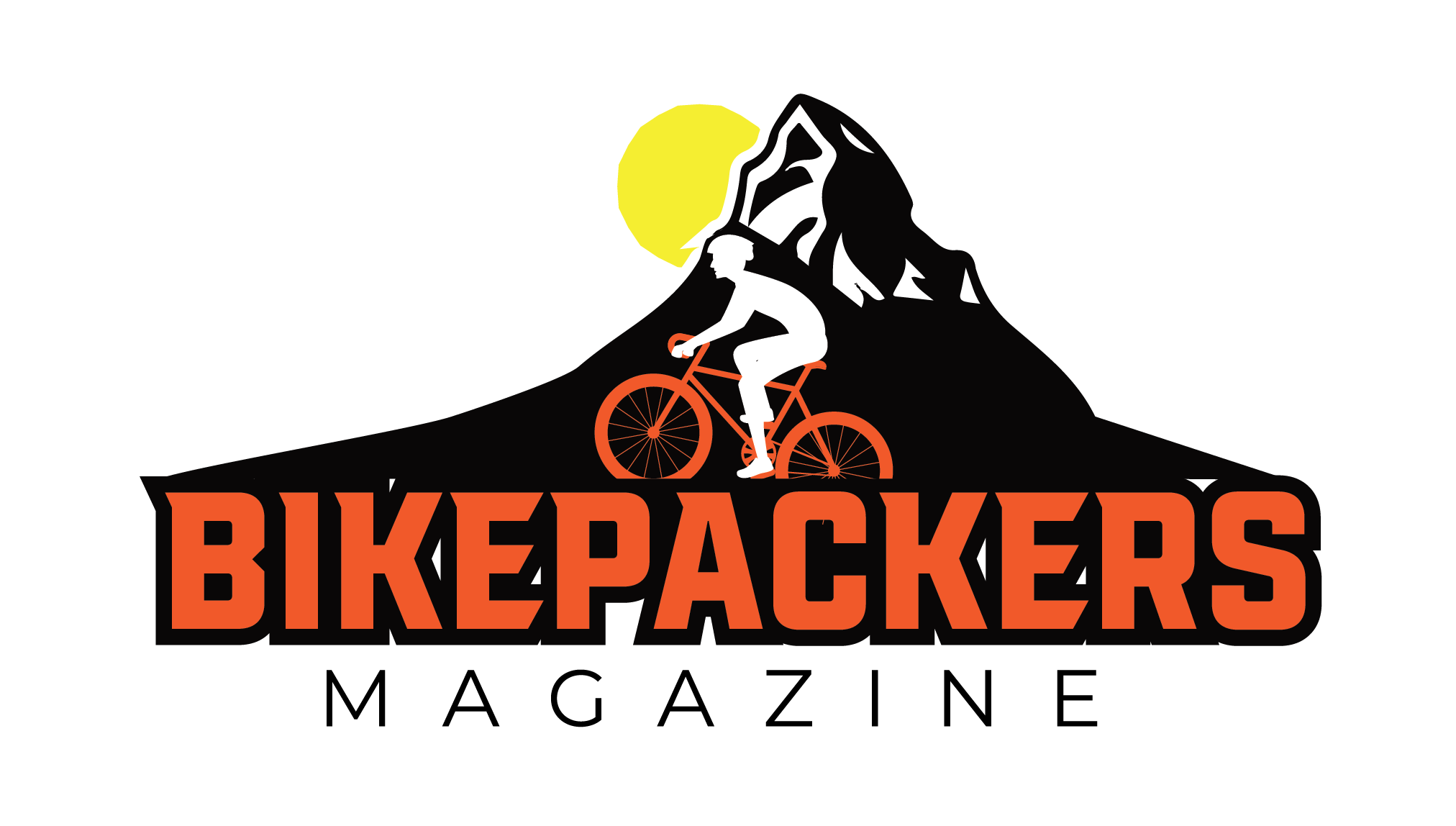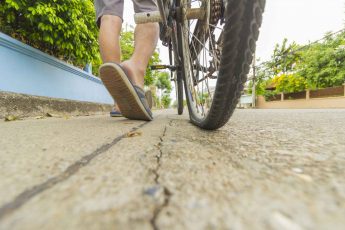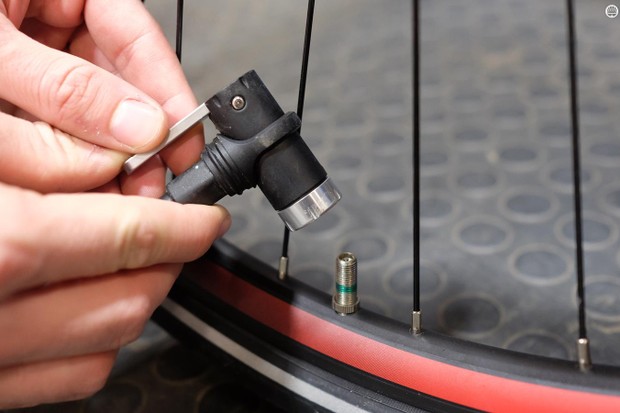Having a flat tire when the nearest bike shop closest to you is actually miles apart or when you do not have a pump to help inflate his or her bike, could be aggravating.
Bike riders who abide by most of the customary rules of cycling always have a pump with them. Those who possess air pumps usually have the pump fixed to the frame of the bike or reserved in a basket or bag fastened, usually in pairs, to the back of a bicycle.
However, if you do not have a portable air pump, you can still inflate low-pressure tires with a CO2 cartridge. These CO2 cartridges take up just a little space in your seat bag or pannier and they mostly have bounteous air in them to inflate both your tires. Learning to use these small cylinders doesn’t make much of one’s time.
Here, we will be giving you tips on how you can inflate bike tires without the possession of an air pump which will explicitly help you at any given time.
How to Inflate Bike Tires Without Bike Air Pumps
Quick Navigation
Below, you will find a list of guidelines that will show you a step-by-step procedure of how you can air up your bike tires without a bike pump. There are several ways to do this and some of them are highlighted in detail below.
SIPHON HOSE
Here, a pair of Schrader barbs is necessary for accession to the siphon hose. To ensure that either of the barbs you own is a clip-on type. When anthologized, the system converts into a lucid and simple pressure equalizer. The clip-on end has to be affixed to the valve stem of the deflated tire while the other end is connected to tire in good condition. High-pressure air goes to the flat tire region and stasis can be achieved between either tire.
EXPANSION BY COMBUSTION
This method is not highly recommended simply because it requires fire and a loud explosion might result. When performing this process, any ignitable spray (a degreaser, lubricant or rust removal) would do the trick.
Foremost, you will have to remove the wheels. Removing the wheels requires sound proficiencies.
Since the tire has no air pressure, its inner edges are expected to come off the wheel rim.
Using a needle nozzle, spray little ignitable liquid inside the tire at various locations. subsequently, spray the same as a loosening ring around the rim to make it smooth for the tire walls to slither in while also acting as a control for the flame to reach inside.
When a safe distance is reached, direct the flame onto the tire using a lighter and the needle nozzle. If done right, the tire should explode into acceptable pressure.
Nevertheless, depending on how well the tire was built, the tire valve might possibly get damaged.
In addition, the pressure being generated during this process will last only until the air cools down.
CO2 CARTRIDGES
Carbon dioxide has stupendous compressibility. Thanks to this characteristic, compact cartridges (16g) that can fully inflate or fill up bikes tire are facilely available on the market.
However, one would still need a chuck to connect a cartridge to the valve stem. Take extra precautions while using CO2 cartridges as the reaction is extremely endothermic (absorbs heat) and can even cause frigid conditions. Endeavor to use riding gloves as this would provide you with enough protection.
Moreover, the CO2 being released into the tires dissipates quickly in as little as 24 hours, so you should make sure that you replace the CO2 in your bike tire with regular air as soon as possible. Remember that tube inflator with control valves makes the task of replacing tubes before tire inflation easier.
Always replace a damaged or ruptured tube before using a tire inflator to prevent having another deflated tire within a short distance down the road.
ENGINE COMPRESSOR
This process may not be applicable for every motorcycle out there but in those which offer easy access to the spark plug. The process is more accessible if the motorcycle does not have upgraded electronics attached to it. predominantly, it should definitely have a kick-starter. What is needed is the hose of a common compression tester together with an extender hose fitted with a clip-on Schrader barb on one end.
Remove the most attainable spark plug and affix the hose arrangement between the spark plug well and the flat tire. At this stage, all you want and have to do is start kicking the kick-starter until the tire reaches reasonable pressure at the cost of unbalance calf muscles.
MANUALLY BLOWING A TIRE WITH MOUTH
You can inflate bike tires manually by blowing air into the tire using the mouth. This process is unsociable as isn’t wipe the valve of your tire off with your shirt or another piece of cloth.
Firstly, blow a small amount of air into the tire. Use your tongue to plough on the valve to keep it wide open as you inflate your tire. Do not forget to check the wheel and confirm that the tires are located fittingly on the rim. If the bike tire is not seating perfectly on the rim, see that they are well placed with your hands.
Continue to inflate the tire as much air as you can by mouth. This takes time and is awkward, but I’d say it’s worth a shot than being stranded.
Tire inflation is the most facilely task anyone can do when owning a bike, yet it is the most neglected maintenance task that bike owners can do themselves. Narrower or slimmer road bike tires will always require higher air pressures than their wider counterparts. And because of their narrow tires and high pressures, air will always escape. Even as soon as a week after inflating, your tires wouldn’t be the same. So it is encouraging that you should make it a habit to keep pump up your road tires before every ride.
In addition, remember that bikes being situated in a position or garage for a long period of time can develop what is called Dry Rot. The bike tires turn brittle and less pliable over long periods of time. One may not see the dry rot until one uses one’s bike for a couple of miles and observe the cracks happening.
The best thing you can do is to own a bike pump. Because a pipe pump being attached to the frame of your bike provides you with the utmost usage of your bike.


